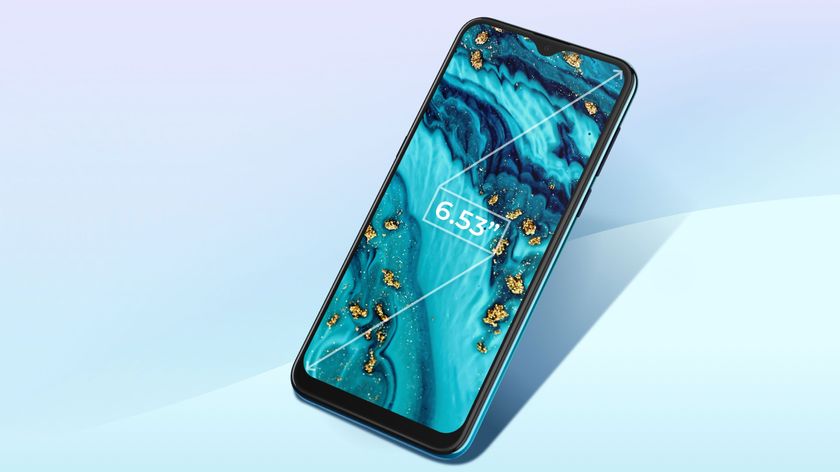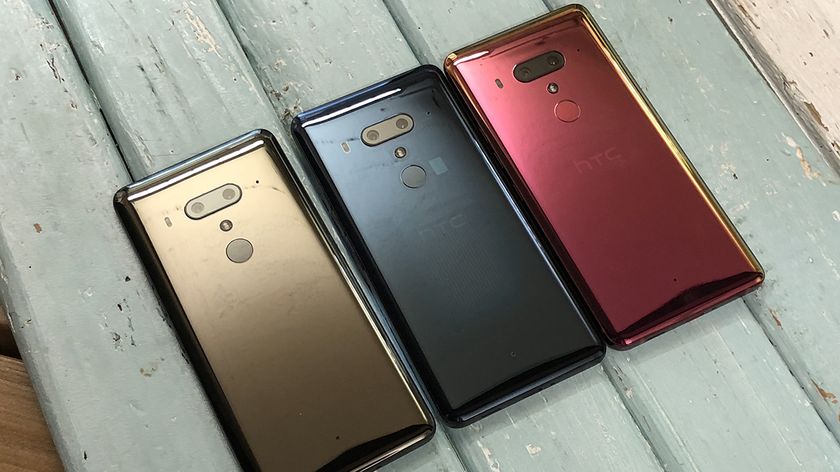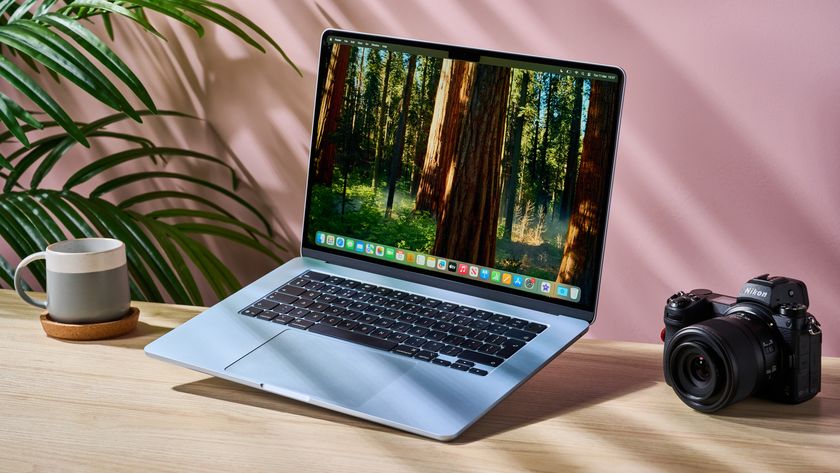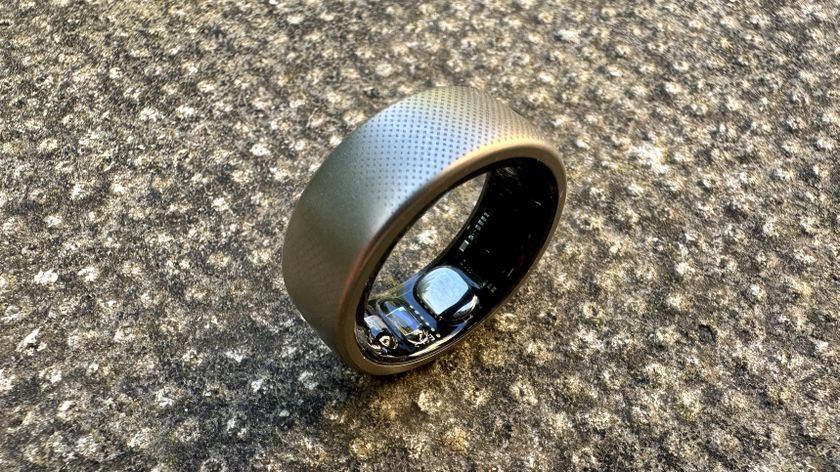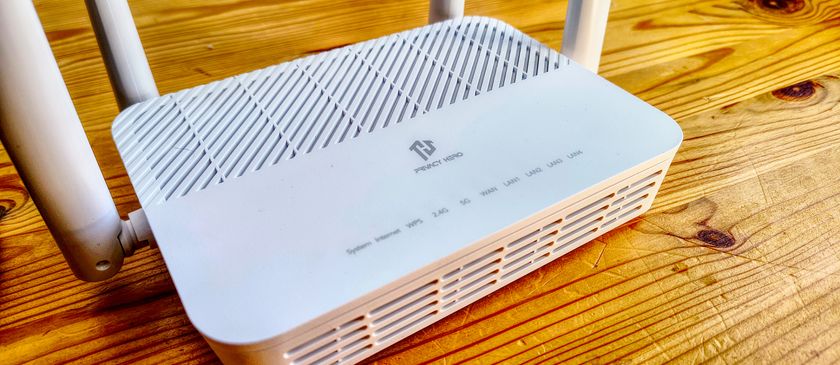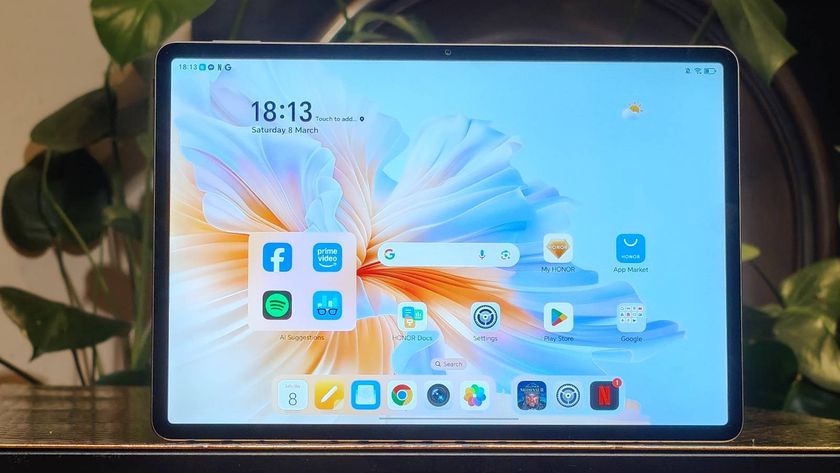TechRadar Verdict
To compare this too much to an iPhone would be unfair to the genuinely impressive power under the hood - but it's curious that HTC has decided on this design path.
Pros
- +
Improved camera
- +
Awesome design
- +
Good Marshmallow mix
Cons
- -
Battery life too poor
- -
Some rattling in case
- -
Cost too high
Why you can trust TechRadar
Let's get a couple of things straight: the HTC One A9 isn't a flagship phone, which explains why so many iconic elements have been left out. And yes, it looks a lot like an iPhone 6S.
But that would miss the point of this phone. It's a 'fashion' device, one for those who want a slightly cheaper smartphone with decent build and some attractive specs, sitting apart from the usual bun-fight for attention that happens twice a year when Sony, Samsung, HTC, LG and Apple throw their new phones into the ring.
I'll get to the points about design later on in the review, but let's deal with something now: this is an iPhone in shape to the untrained eye, something most people commented on when they saw the handset.
The argument is already raging about whether or not this is HTC's DNA in the phone (the brand did popularise the metal-body-with-plastic-strips look on the original One) but the fact is that it looks like an iPhone 6S.

Whether Apple copied HTC or HTC copied Apple is irrelevant. The iPhone is the world's most popular single device, and as such is easily identifiable. Any brand that makes a phone that looks remotely similar does so with both eyes open.
Want to see the HTC One A9 in action? Check out our video review.
The desire to have this specific 'flat body, rounded edges' look on the One A9 has led to a few things going missing – things that are iconic elements of the HTC brand. The biggest loss is the Boomsound speakers on the front of the phone, which were an integral part of why I loved to recommend HTC devices.

These have been replaced with a small mono speaker at the bottom, as HTC tried to find ways to slim the device down while also including a fingerprint sensor on the front of the phone.


Weight: 143g
Dimensions: 145.8 x 70.8 x 7.3mm
OS: Android 6.0.1
Screen size: 5-inch
Resolution: 1080 x 1920
CPU: Snapdragon 617
RAM: 3GB
Storage: 16GB
Battery: 2150mAh
Rear camera: 13MP
Front camera: 4MP
Let's leave the 'who copied who' debate though, and focus on what this phone actually is: a well-made Nexus phone with a few touches of HTC's smarts. Because it won't be a phone that any fan of the Taiwanese brand will recognise on a software level, such is the integration with Android Marshmallow.
The interface is much, much closer to stock Android than ever, with loads of HTC's apps being dropped in favor of just presenting the Google options; this is a phone that's designed to be sleek when it comes to software, with HTC elevating the best parts of the new Android OS instead of putting its own stamp on the phone.
It's stripped-back, clean and easy to use, with just a hint of HTC's touch on top. It's a Nexus with less of a Google stamp on it, with more freedom from the manufacturer to create the phone it wants.
HTC One A9 price and release date
In the US the HTC One A9 originally launched at $399, but soon jumped up to $499 while in the UK it launched at a much higher £429, which is about $650 – and that's for a lower-spec phone.
In the US, there's 32GB of storage and 3GB of RAM; in the UK, 16GB and 2GB. I'll get on to what that means in terms of performance later on, but it's an incredibly odd strategy to make the lower-spec model more expensive in certain parts of the world.
Since then, the price has dropped dramatically to $280 in the US, but it's still £399 in the UK.
Is this a phone that's only designed to compete in the US? With the raft of excellent low-cost phones from Motorola, OnePlus, Huawei and more in Europe it seems that HTC is already giving up the fight with such a high price – which is a shame, as this is a phone that treads a new path for the brand and, mostly, does it very well.
Then there's the issue of the HTC 10. HTC has brought out its latest flagship device in the form of the 10, which comes with a premium and more traditional HTC design, to compete in a similar market to the One A9.
It offers a slightly higher level of spec and if you're looking for a phone which looks just like previous HTC handsets, this will be the choice for you. But that doesn't mean you should write off the HTC One A9 yet. Even though it's older, it's still worth paying attention to and you won't regret it when you realize it's even cheaper than the HTC 10.
Key features
In terms of real innovation there's not actually not that much to talk about on the One A9, as HTC has refined, rather than revolutionized, the parts of the phone it's touting.
That's not to say that a brand has to change everything just to placate an insatiable need from today's consumer to have the latest and greatest elements in one place.
Sometimes, just putting together some good bits in an attractive package yields something that's greater than the sum of its parts.
But HTC does need to get those parts right – the wail that the brand is in trouble has continued for a year now, and while it can't make a silver bullet handset that can put and end to that criticism, a decent device will start to shift the momentum forwards, creating a space for the HTC One M10 to build into and start really impressing.
Camera
The camera on the One A9 isn't as good as some might have been expecting from a phone like this; 13MP isn't enough for the spec fans. But it's more than enough for day to day snapping, and combined with optical image stabilisation it's a decent option.

For instance, there's a raw mode on there – this takes a little longer to take pictures, but really does give you the full experience – and it can even automatically sharpen such snaps without needing to drag the pics off the phone and onto a computer.
Pictures looks great on the 5-inch Full HD screen – much better than on the One M9. Zooming into the snaps reveals very little in the way of over-processing, and it's clear that HTC has worked hard to improve the camera on this phone to ensure it doesn't see a repeat of the criticism it picked up for the earlier model.
There are some issues – the speed of opening the app and the shutter speed are far from industry-leading – but that, again, is down to the chipset used.
Battery up-and-downgrade
Anyone picking up a spec sheet will instantly be worried about the battery life of the One A9. It's gone from a 2850mAh cell to 2150mAh, as there's now a much thinner frame to squish the power pack into.
Given that HTC has never been great at battery management (and generally, it's one of the worst around in past flagships) this doesn't bode well.
But, the smaller power pack aside, there are reasons to think HTC could have solved the battery issue: the improved efficiency of Android Marshmallow, the sleeker software HTC has created, and the lower-res Full HD screen (well, compared to the likes of the Galaxy S6 and LG G4).

The phone supports Qualcomm's QuickCharge 2.0 standard for super-speedy battery re-juicing, and will also get even better when v3.0 appears to speed things up further and improve efficiency.
Sadly, there's no QuickCharge power block in the box, which is a real shame – HTC says it's about giving users the choice, but in reality it's just a cost-saving exercise that sadly means most people will never get the benefit.
All about the tunes
HTC's always been great at making its phones sound brilliant, whether it's from using Boomsound front facing speakers, Dolby support to make movies and music sound amazing, or just sticking a dedicated amplifier in the mix to improve the level of sound output.
What's different this year is that HTC has taken the stereo front-facing speakers off the phone and shoved them into a mono speaker at the bottom of the handset.
This is a bad move - given the fact this brand needs to maintain its identity, to do the same thing as the iPhone and Samsung's flagships seems a real shame.
Front-facing speakers genuinely offer something different for the consumer, and there were multiple times in this two week test when I bemoaned not being able to play music back by just sticking my phone on the side while cooking or cleaning.
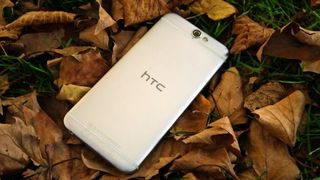
The brand has added in a decent DAC to help upscale all sound a warmer (and louder) analogue output, and combined with the 24-bit, 192Khz quality that the One A9 is capable of, most of your tunes will sound a lot better - the better your headphones, the better this will sound.
It'll support Hi-Res audio files (FLAC etc) and just tune any other music (even through Spotify) to make sure you get the best quality.
However, it's hard to say whether this is going to be enough of a game-changer, as LG, Samsung and Sony (the latter in particular) have been banging the Hi-Res audio drum for a long time now, and it's not really setting the world alight in terms of the 'must-have' feature of a new smartphone.
That said, the sound output is really rather good - I found myself reaching for the HTC One A9 when wanting to watch a new trailer or indulge in a spot of Spotify music thanks to the richness and level of detail pumping into my ears.
Is it needed? No, but it's a nice luxury.
Fingerprint scanner
No new phone with Android on is complete without a fingerprint scanner, and HTC's One A9 is no exception, allowing for biometric security to lock your phone. The process of setting up the fingerprint is nice and clear - plus thankfully swift - and the lozenge on the front of the phone is very quick to recognise your digits.
It's not clickable, which feels weird if you've used the Samsung Galaxy S6 or TouchID, but it scans fingerprints really well, functions as a second home button and should be a great addition when Android Pay turns up on a wider level.

In longer-term testing, the scanner was excellent. It's a very good way to open the phone when it's turned off, and the only real issue I encountered was when the phone wouldn't switch on when I pressed my thumb to the sensor.
The fact that the button doesn't click - and therefore wake the phone up and tell me that the scan wasn't recognised - feels weird and is rather annoying, but thankfully the instance was very sporadic.

Gareth has been part of the consumer technology world in a career spanning three decades. He started life as a staff writer on the fledgling TechRadar, and has grew with the site (primarily as phones, tablets and wearables editor) until becoming Global Editor in Chief in 2018. Gareth has written over 4,000 articles for TechRadar, has contributed expert insight to a number of other publications, chaired panels on zeitgeist technologies, presented at the Gadget Show Live as well as representing the brand on TV and radio for multiple channels including Sky, BBC, ITV and Al-Jazeera. Passionate about fitness, he can bore anyone rigid about stress management, sleep tracking, heart rate variance as well as bemoaning something about the latest iPhone, Galaxy or OLED TV.



